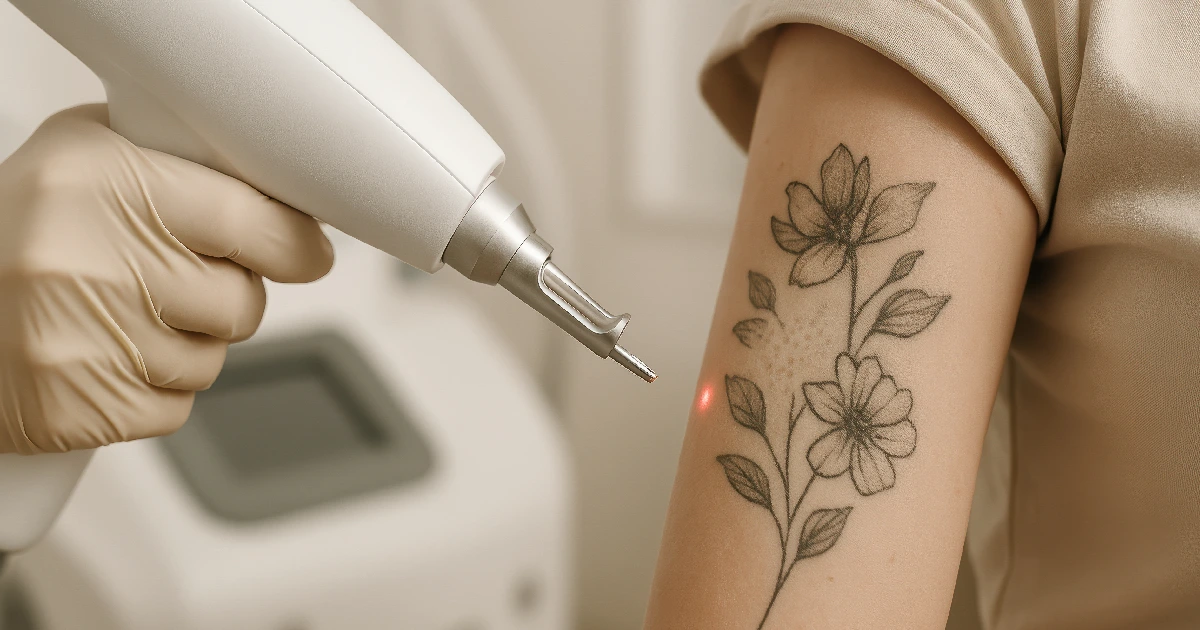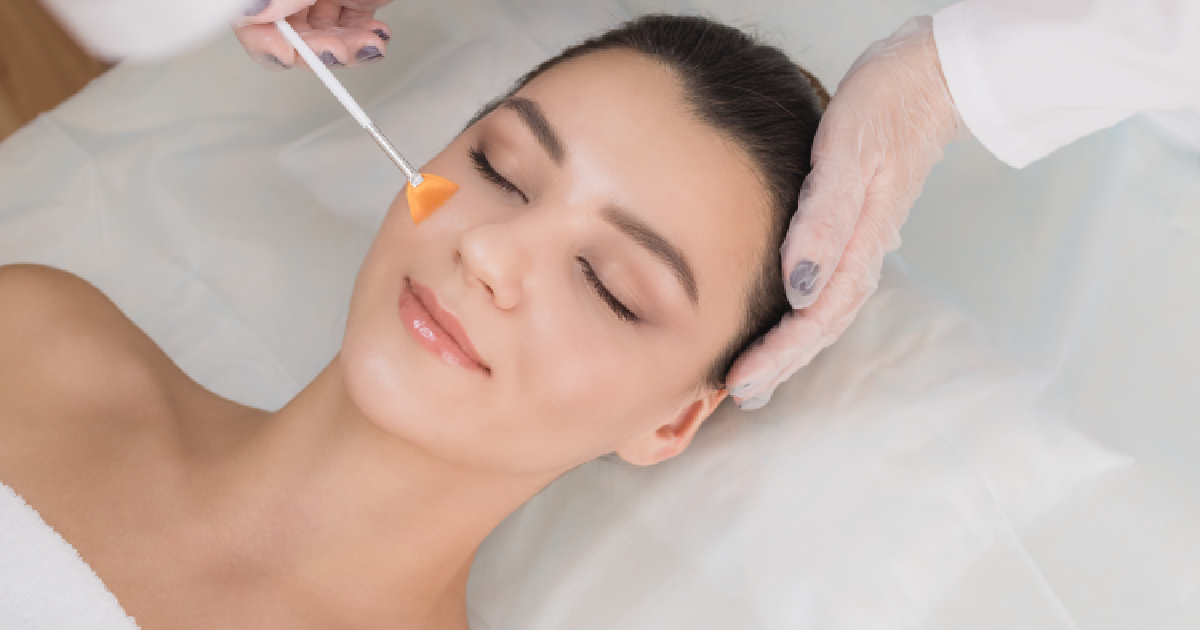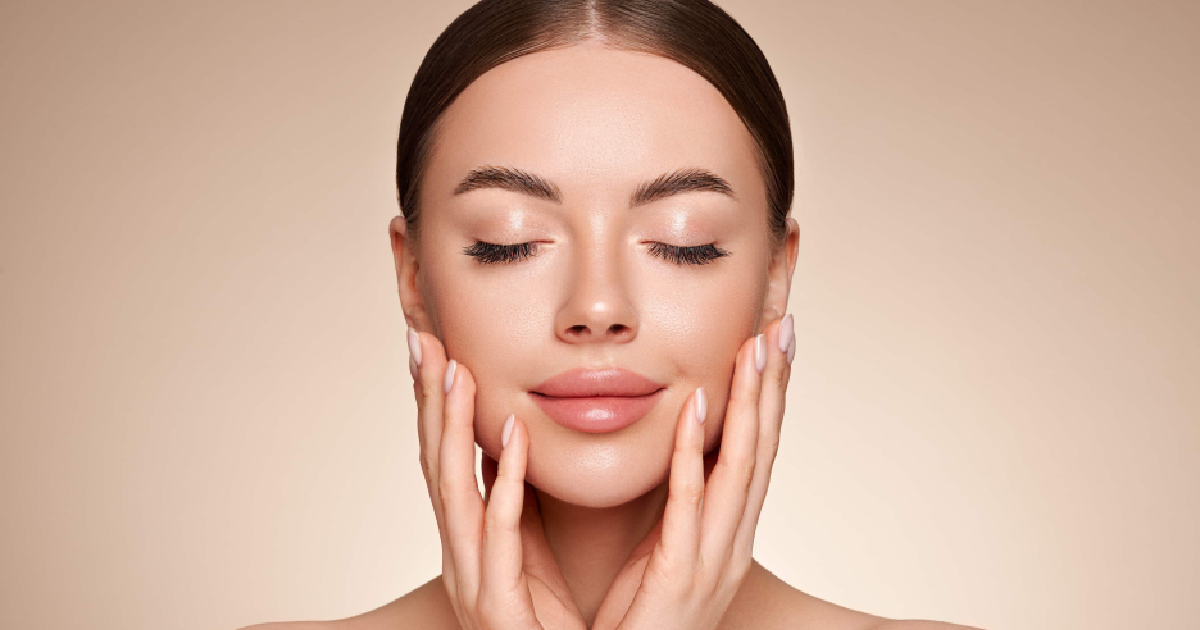Introduction
Skin resurfacing treatments are revolutionizing the way we approach skincare by offering solutions that rejuvenate and enhance skin texture and tone. These advanced procedures, ranging from laser resurfacing to chemical peels, effectively address a myriad of skin concerns, including fine lines, scars, and uneven pigmentation. These treatments achieve transformative outcomes by boosting collagen production and fostering new skin cell growth, rejuvenating the skin for a youthful and radiant appearance.
What is Skin Resurfacing?
Skin resurfacing encompasses various dermatological techniques aimed at enhancing skin appearance by eliminating layers of skin cells. Skin resurfacing encompasses a variety of dermatological treatments aimed at enhancing skin appearance by removing old skin cells. This approach fosters the growth of new, healthier skin cells, resulting in a more young and rejuvenated appearance.
Laser Resurfacing
Laser resurfacing uses focused light beams to remove layers of damaged skin in a precise manner. The technique is separated into two main types:
- Ablative Lasers: These lasers function by vaporizing the skin’s outer layers, which promotes healing and the regeneration of new skin cells.
- Non-ablative Lasers: These are less intense than ablative lasers and are designed to promote collagen production and tighten the skin without removing the surface layer.
Chemical Peels
Chemical peels entail administering a chemical solution to the skin, causing it to exfoliate and then peel off. The skin that regenerates is typically smoother and features fewer wrinkles. Chemical peels come in different intensities:
- Superficial Peels: Employ mild acids to exfoliate only the skin’s surface layer.
- Medium Peels: Go deeper into the skin, impacting both the outer and middle layers, and remove damaged skin cells for a more thorough exfoliation.
- Deep Peels: Penetrate deeper into the skin, affecting both the outer and middle layers, removing damaged skin cells for a more thorough exfoliation.
Dermabrasion
Dermabrasion involves using a specialized tool that rotates to remove the outer layers of skin. It is typically used to treat deeper acne scars, pox marks, or scars from accidents or disease.
Microdermabrasion
Similar to dermabrasion, microdermabrasion uses fine particles or a diamond-tipped wand to exfoliate the skin. Unlike dermabrasion, it only removes a very thin layer of skin, making it suitable for dealing with minor skin problems and requiring less recovery time.
Microneedling
Microneedling uses a device fitted with fine needles to make small punctures in the skin’s top layer, prompting the body to generate new collagen and elastin. This method is often used for acne scars, stretch marks, and anti-aging.
Radiofrequency (RF) Treatments
RF treatments use radio waves to heat your skin’s deep layer, known as the dermis. This heat increases collagen formation, which helps to decrease the appearance of fine wrinkles and slack skin.
Benefits of Skin Resurfacing Treatments
Skin resurfacing treatments provide numerous advantages, especially for individuals aiming to enhance both the appearance and health of their skin. These procedures can effectively tackle a variety of skin issues, delivering significant enhancements and aiding in comprehensive skin rejuvenation. Here are some of the key benefits of undergoing skin resurfacing treatments:
- Improved Skin Texture and Tone: Skin resurfacing smooths and evens out skin texture and tone, revealing a fresher, more uniform complexion.
- Reduction of Fine Lines and Wrinkles: These procedures aim to reduce the build-up of wrinkles and fine lines, leading to a rejuvenated, more youthful-looking complexion.
- Acne and Scar Treatment: Skin resurfacing can reduce acne scars and prevent new breakouts by clearing pores and smoothing the skin.
- Enhanced Skin Hydration: Specific resurfacing techniques enhance the skin’s moisture retention, resulting in improved hydration.
- Stimulation of Collagen Production: Many resurfacing methods boost collagen production, enhancing skin firmness and elasticity.
- Reduction of Hyperpigmentation: These treatments help disperse pigment clusters, reducing the appearance of spots and evening skin tone.
- Minimized Pore Size: Skin resurfacing can make pores less visible and improve overall skin texture.
- Improved Product Efficacy: The resurfacing process removes dead skin cells, enhancing the penetration and effectiveness of skincare products.
Skin resurfacing treatments provide a versatile solution to multiple skin concerns, from aging signs to textural irregularities and discoloration. By consulting with a skilled dermatologist, individuals can choose the appropriate treatment type that best fits their skin condition and desired outcomes, ensuring optimal results and skin health.
Choosing the Right Treatment in Cheyenne, WY
In Cheyenne, WY, selecting the ideal skin resurfacing treatment involves consulting with a qualified dermatologist who can evaluate your unique skin needs and concerns. Factors like the expected outcomes, recovery time, and your skin’s tolerance should guide the choice of treatment.
Cheyenne is home to advanced dermatology clinics that offer tailored treatments to meet the distinct needs of each patient.
Post-Treatment Care
Proper aftercare is critical for maximizing the benefits of skin resurfacing treatments and facilitating a smooth and speedy healing process. Here are some key guidelines to follow after undergoing a skin resurfacing procedure:
- Gentle Cleansing: Use a gentle, non-abrasive cleanser to wash your face, avoiding any scrubbing motions that could irritate the new skin layers.
- Moisturize Regularly: Use a hydrating, soothing moisturizer regularly to maintain skin moisture and aid in recovery.
- Sun Protection: Shield your rejuvenated skin from the sun by applying an SPF of 30 or higher, and wear helmets and stay in the shade to avoid UV damage.
- Avoid Harsh Products: Stay away from products containing retinoids, alpha hydroxy acids, or any other potentially irritating ingredients until the skin has fully healed.
- Stay Hydrated: Staying well-hydrated by drinking ample water aids in the effective healing and regeneration of your skin.
- Follow Specific Doctor’s Instructions: Adhere to any specific care instructions provided by your dermatologist, which might include using prescribed topical medications or returning for follow-up visits.
- Limit Makeup Use: Avoid wearing makeup for as long as recommended by your healthcare provider to prevent clogging of the pores on the newly resurfaced skin.
- Avoid Picking or Scratching: Resist the urge to pick at peeling skin or scratch itchy areas to prevent scarring and allow the skin to heal properly.
- Cool Compresses: If you experience swelling or discomfort, applying cool compresses can help soothe the skin.
Each type of skin resurfacing treatment may have specific post-care needs, so it’s important to discuss these with your provider to ensure optimal results and minimize the risk of complications.
Conclusion
Skin resurfacing treatments offer a potentially effective solution for those looking to rejuvenate their skin’s appearance and boost their confidence levels. AgeLess Medical Aesthetics and Lasers in Cheyenne, WY, provides Skin Resurfacing with Opus Plasma®, a cutting-edge aesthetic platform using Alma’s high-frequency unipolar radio-frequency technology, which is a pioneering fractional plasma technology that effectively treats both global and localized skin texture and quality concerns previously addressed by traditional fractional resurfacing lasers. Discover the key to achieving a blemish-free appearance through skin resurfacing treatments that polish, refine, and revitalize your complexion, unveiling your innate glow and reversing the visible signs of aging.







